Neil Armstrong, 1930–2012
The reluctant hero who first walked on the moon
When Neil Armstrong became the first person to set foot on the moon, on July 20, 1969, he uttered a phrase that guaranteed his immortality: “That’s one small step for man, one giant leap for mankind.” But Armstrong—whose moon walk was watched by 600 million television viewers worldwide—was never comfortable with his celebrity status, and felt guilty at receiving credit for the mission. When asked what it was like to be the first man on the moon, he always shared the glory. “I was certainly aware,” he would answer, “that this was the culmination of the work of 300,000 to 400,000 people over a decade.”
The astronaut was born in the small town of Wapakoneta, Ohio, to Stephen Armstrong, a state auditor, and his wife, Viola. At age 6, he rode with his father in a Ford Trimotor airplane. “It must have made an impression,” said The New York Times, “for by the time he was 15, he had learned to fly, even before he got his driver’s license.” During his first year at Purdue University on a Navy scholarship, he was excited but saddened to hear that test pilot Chuck Yeager had broken the sound barrier in the rocket-powered Bell X-1. “I was disappointed by the wrinkle in history that had brought me along one generation late,” he said. “I had missed all the great times and adventures in flight.”
Armstrong would soon have his own adventures. He left Purdue for Navy flight training in 1949, and flew 78 combat missions during the Korean War. After leaving the service, he returned to Purdue to complete his aeronautical engineering degree, and in 1955 joined NASA’s forerunner, the National Advisory Committee for Aeronautics. “He became one of the fastest humans alive,” said The Independent (U.K.), pushing his experimental rocket-plane to a speed of 3,989 mph and reaching a maximum altitude of 39 miles.
The Week
Escape your echo chamber. Get the facts behind the news, plus analysis from multiple perspectives.

Sign up for The Week's Free Newsletters
From our morning news briefing to a weekly Good News Newsletter, get the best of The Week delivered directly to your inbox.
From our morning news briefing to a weekly Good News Newsletter, get the best of The Week delivered directly to your inbox.
By 1962, NASA was striving to fulfill President Kennedy’s goal of beating the Soviet Union to the moon. “Kennedy wanted some civilian astronauts, and Armstrong was one of the first,” said the Los Angeles Times. In 1966, he made his first space flight, with fellow astronaut David Scott. Their ship, Gemini 8, was docking with an unmanned rocket when a malfunctioning thruster caused the vessels to tumble uncontrollably. Armstrong calmly disconnected the two vehicles, brought Gemini 8 under control, and landed safely in the Pacific. Noting his “extraordinary piloting skill,” NASA in 1969 named him commander of Apollo 11, the first manned spaceship scheduled to land on the moon. His crewmates were Air Force pilots Edwin “Buzz” Aldrin and Michael Collins.
Hordes of spectators turned up at Cape Kennedy, Fla., on July 16, 1969, to witness the launch of the colossal Saturn V rocket and the Apollo 11 crew. Four days later, Armstrong guided the lunar module carrying him and Aldrin—Collins remained with the mother ship in lunar orbit—past a large crater for a perfect landing on the Sea of Tranquility. “Although the world remembers him best for walking on the moon, Armstrong recalled his time on the surface as anticlimactic,” said The Washington Post. “Pilots take no special joy in walking,” he said in 1994. “Pilots like flying.”
After the voyage, Armstrong worked for a year at NASA, but soon tired of his Washington desk job, said The Wall Street Journal. He went on to teach at the University of Cincinnati, and shunned the spotlight for the rest of his life. In a rare public appearance in 2000, Armstrong shrugged off his reputation as a daring space explorer. “I am, and ever will be,” he said, “a white-sock, pocket-protector, nerdy engineer.”
A free daily email with the biggest news stories of the day – and the best features from TheWeek.com
-
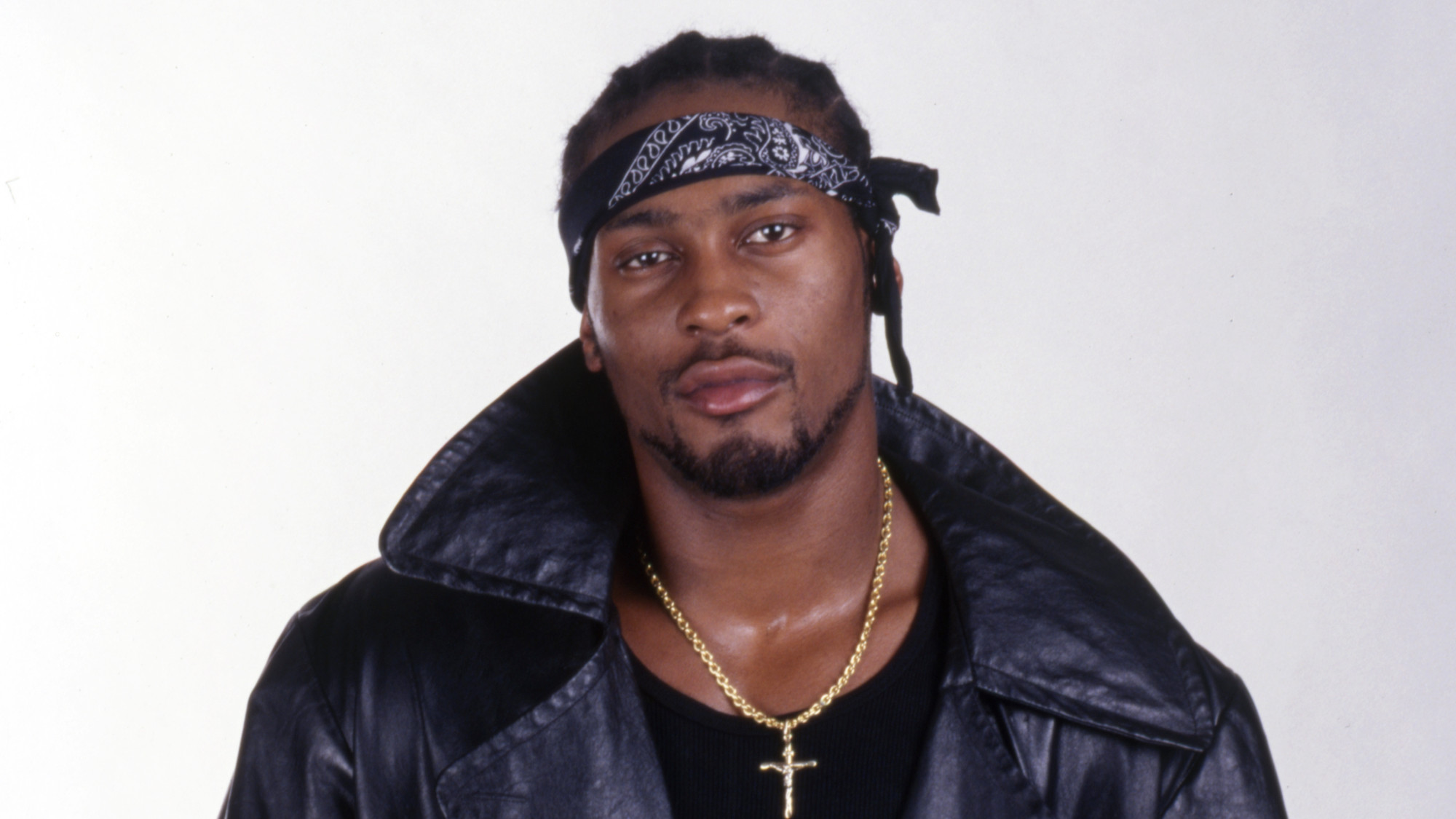 R&B singer D’Angelo
R&B singer D’AngeloFeature A reclusive visionary who transformed the genre
-
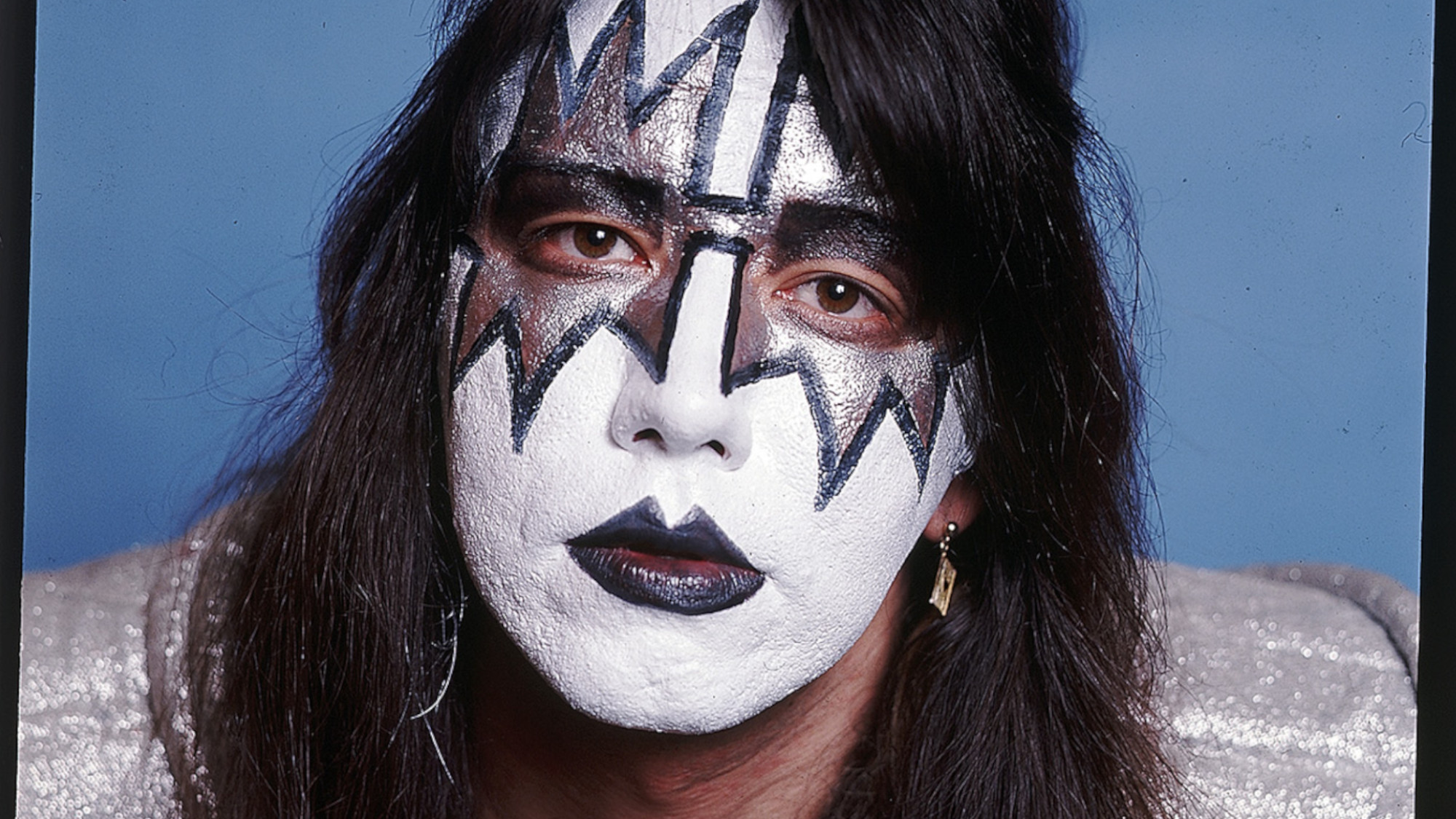 Kiss guitarist Ace Frehley
Kiss guitarist Ace FrehleyFeature The rocker who shot fireworks from his guitar
-
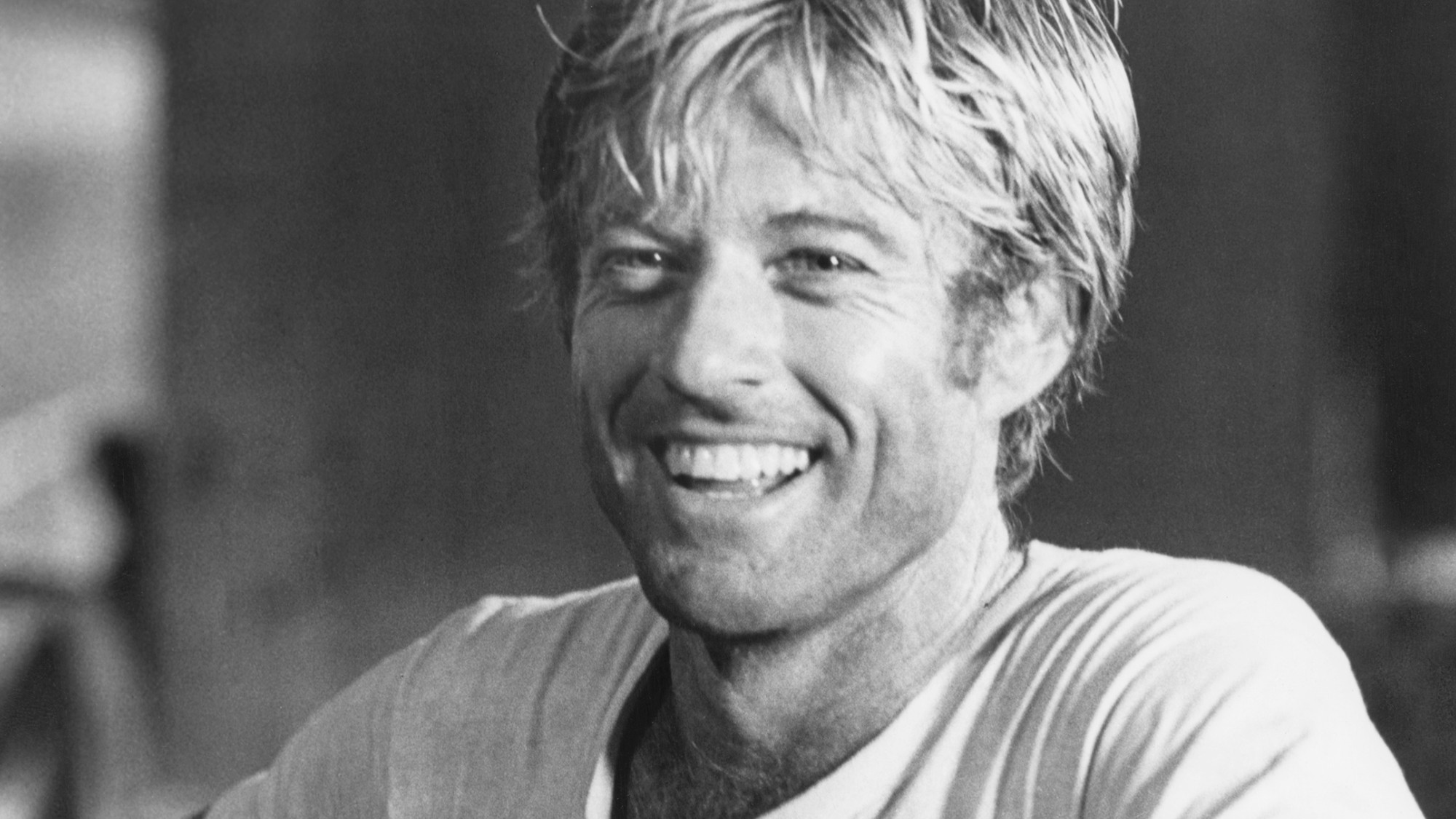 Robert Redford: the Hollywood icon who founded the Sundance Film Festival
Robert Redford: the Hollywood icon who founded the Sundance Film FestivalFeature Redford’s most lasting influence may have been as the man who ‘invigorated American independent cinema’ through Sundance
-
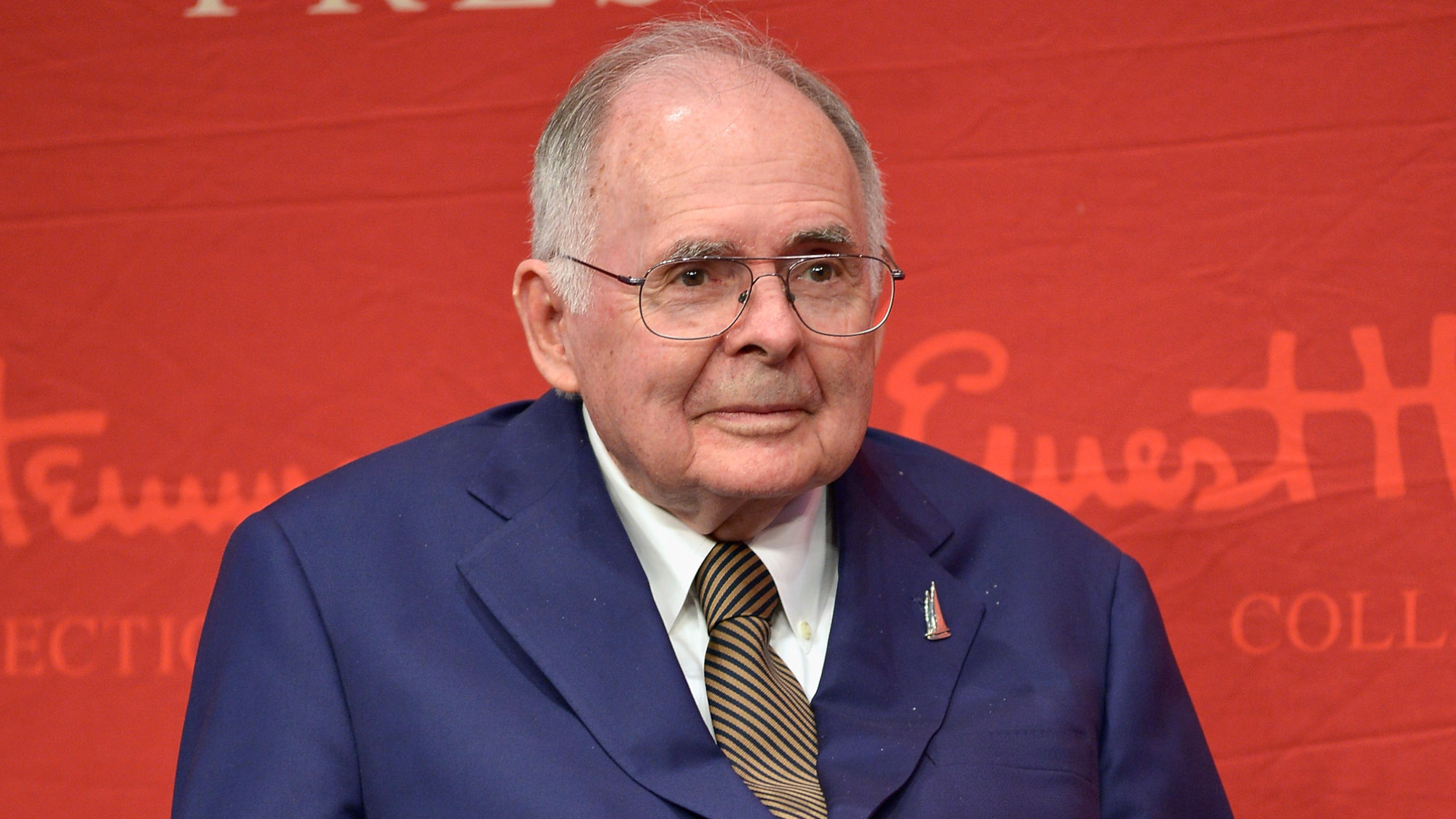 Patrick Hemingway: The Hemingway son who tended to his father’s legacy
Patrick Hemingway: The Hemingway son who tended to his father’s legacyFeature He was comfortable in the shadow of his famous father, Ernest Hemingway
-
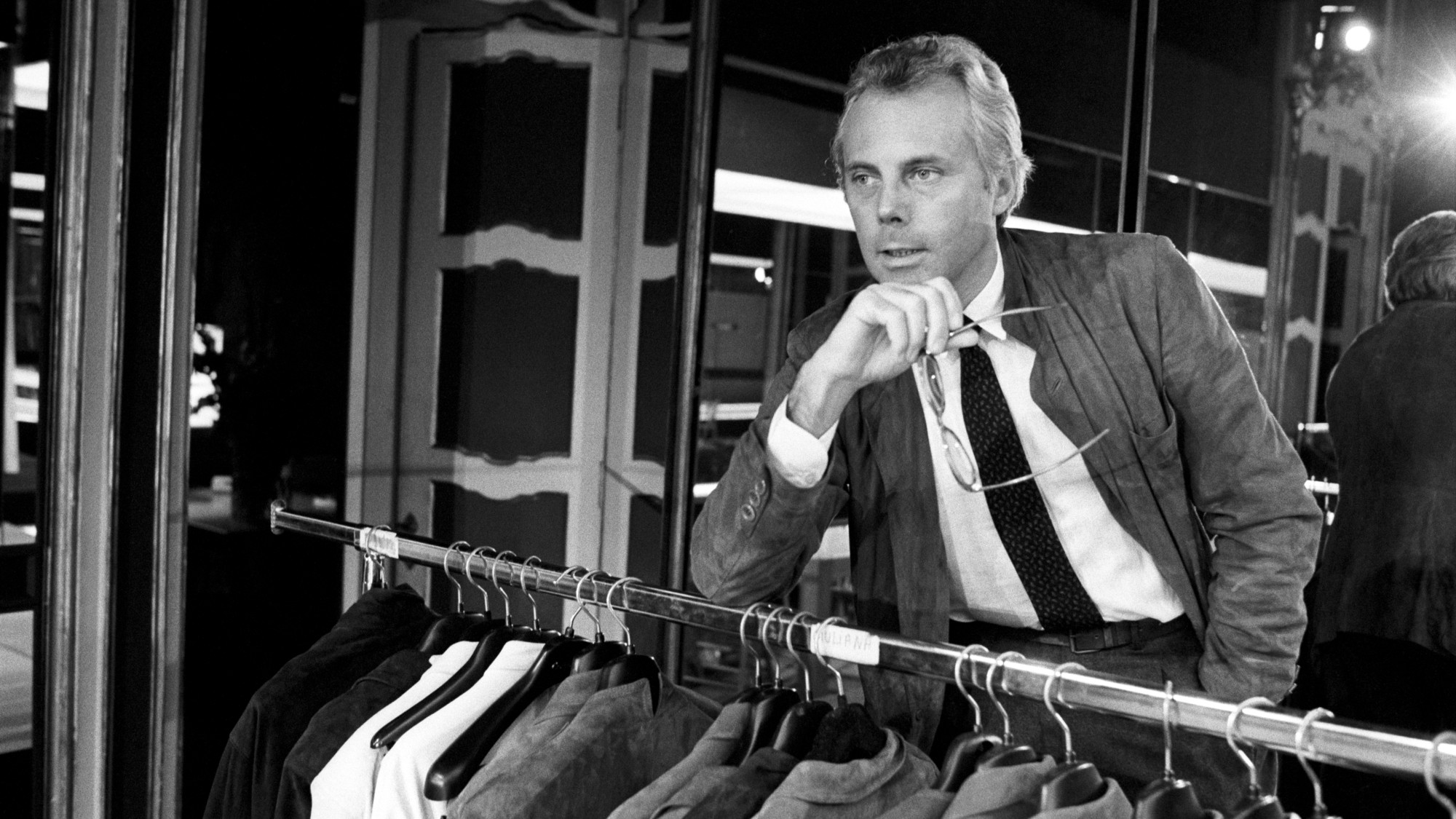 Giorgio Armani obituary: designer revolutionised the business of fashion
Giorgio Armani obituary: designer revolutionised the business of fashionIn the Spotlight ‘King Giorgio’ came from humble beginnings to become a titan of the fashion industry and redefine 20th-century clothing
-
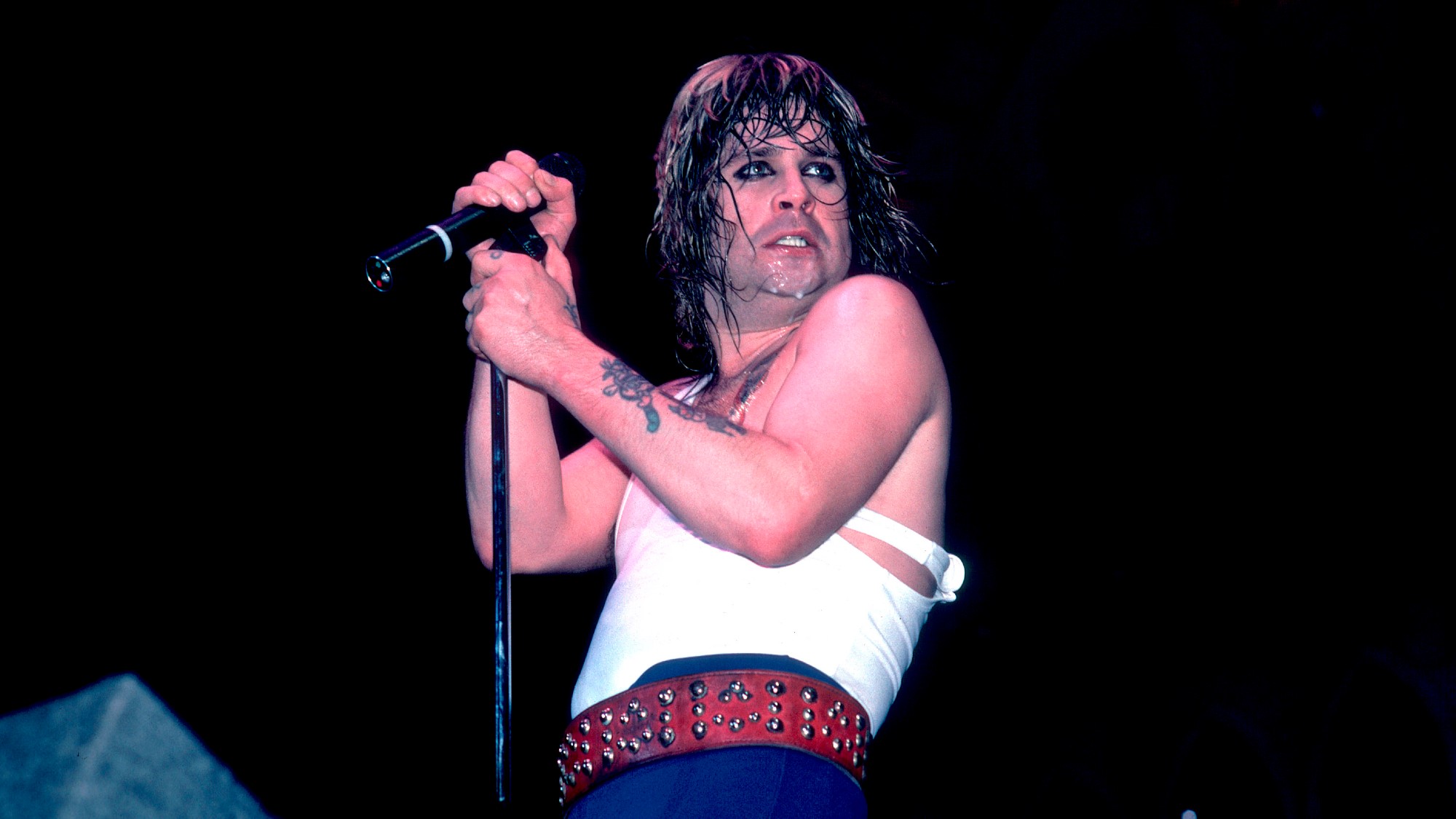 Ozzy Osbourne obituary: heavy metal wildman and lovable reality TV dad
Ozzy Osbourne obituary: heavy metal wildman and lovable reality TV dadIn the Spotlight For Osbourne, metal was 'not the music of hell but rather the music of Earth, not a fantasy but a survival guide'
-
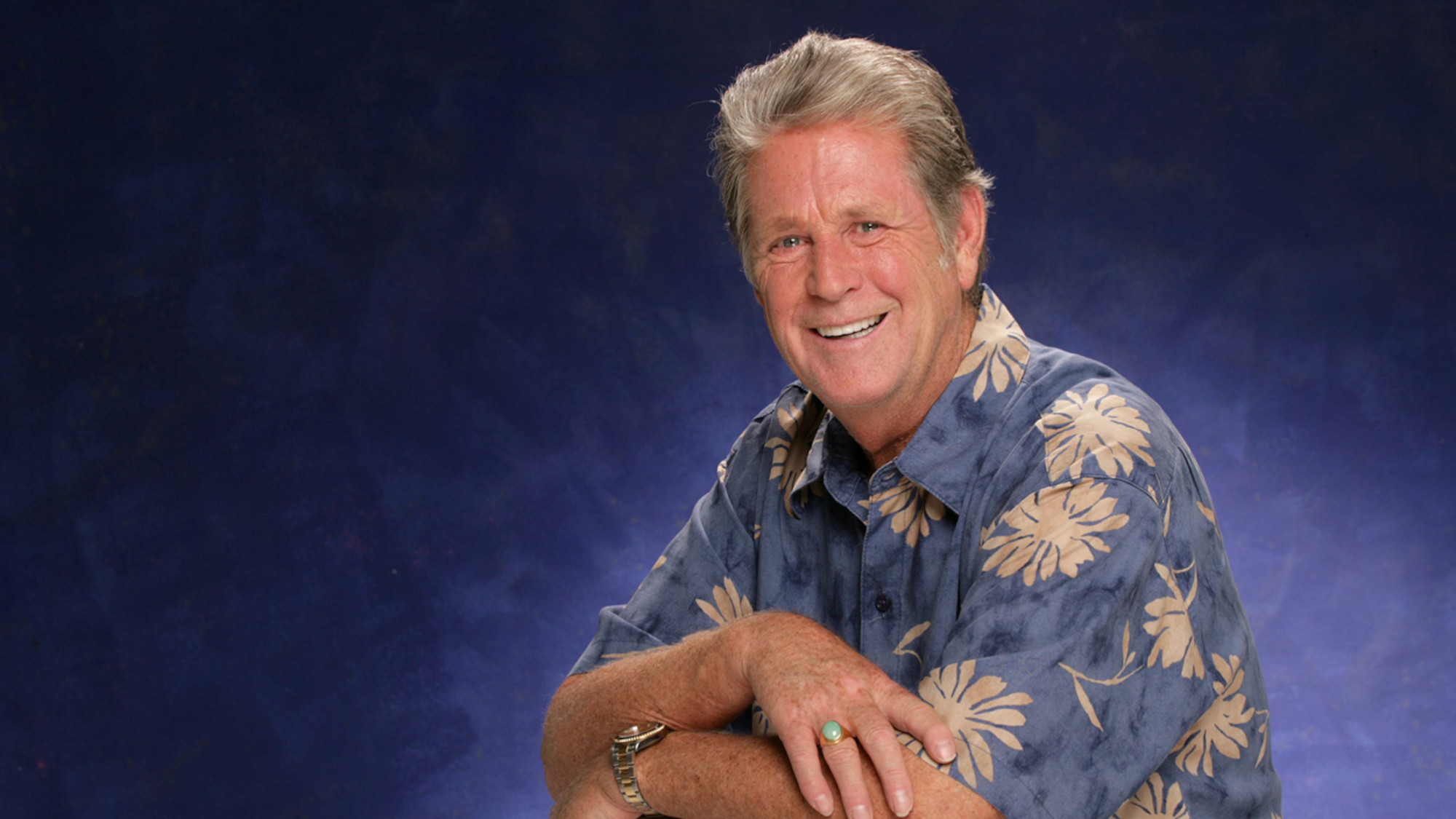 Brian Wilson: the troubled genius who powered the Beach Boys
Brian Wilson: the troubled genius who powered the Beach BoysFeature The musical giant passed away at 82
-
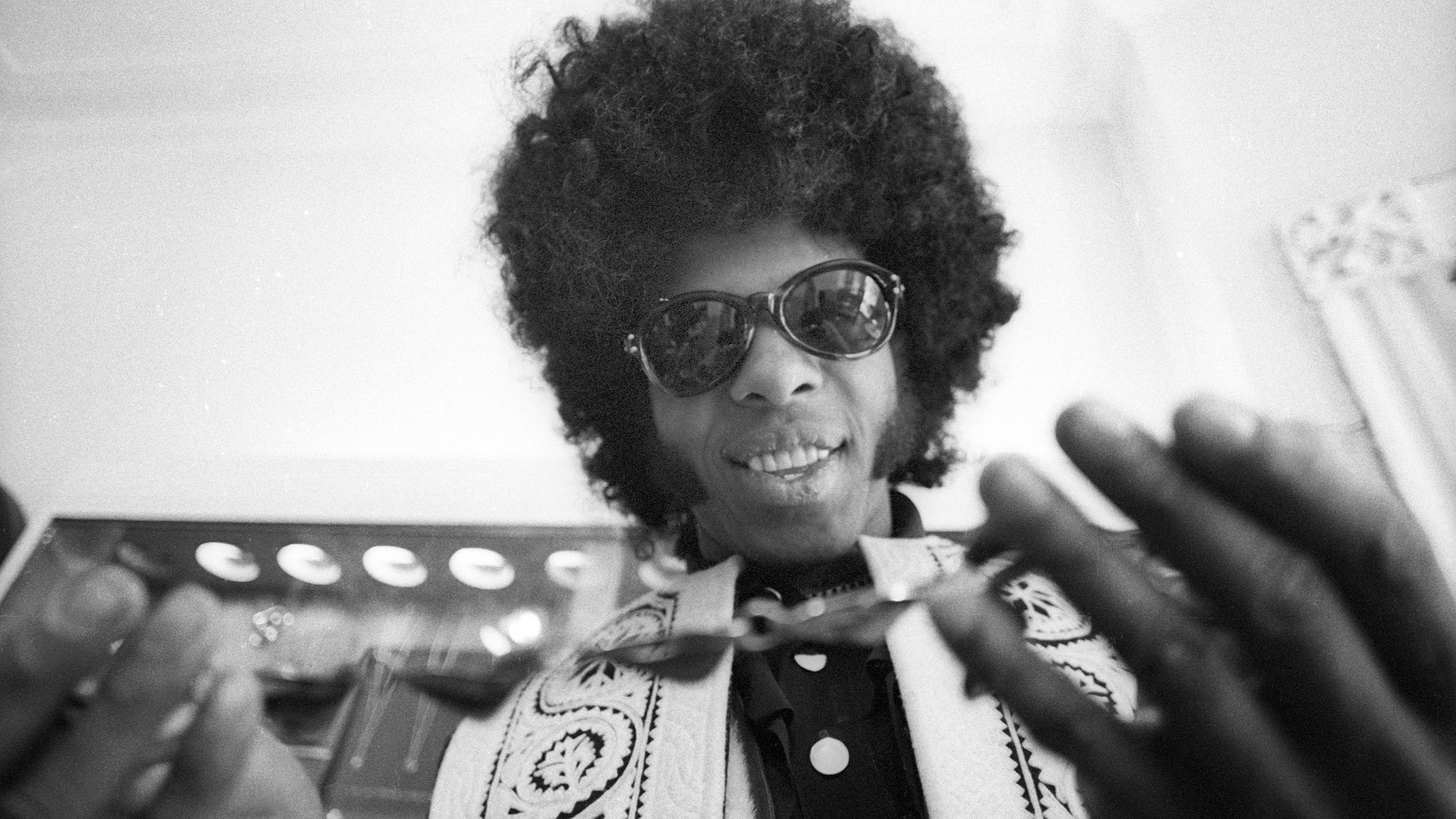 Sly Stone: The funk-rock visionary who became an addict and recluse
Sly Stone: The funk-rock visionary who became an addict and recluseFeature Stone, an eccentric whose songs of uplift were tempered by darker themes of struggle and disillusionment, had a fall as steep as his rise


